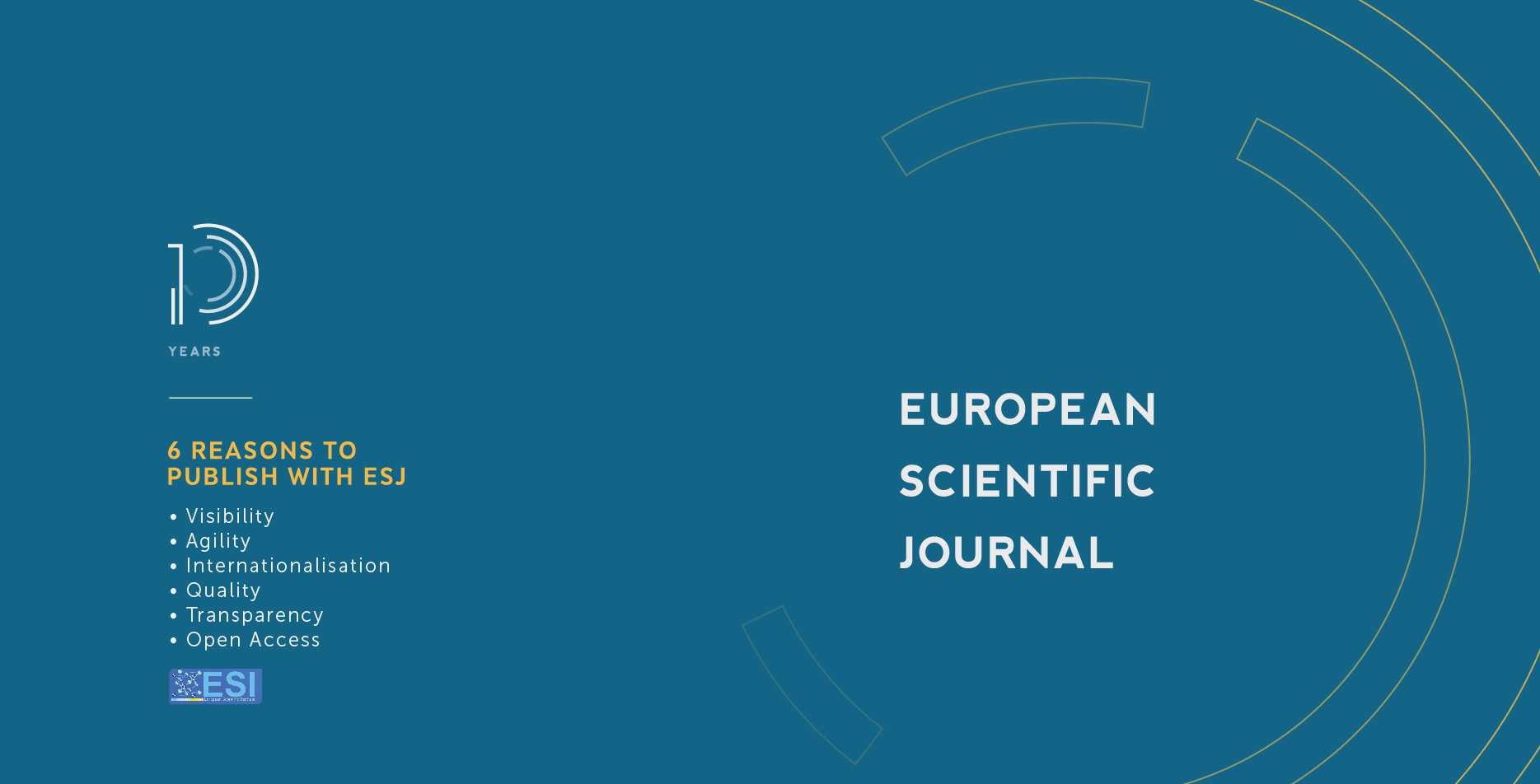Use of GIS as a Tool for Integrated Water Resources Management in the City of Parakou, Benin
Abstract
Water, a source of life, is the habitat, food, means of production and transportation and is threatened by irregular rainfall and evaporation. The objective of this study is to contribute with the help of GIS to a better management of water resources in the city of Parakou. To achieve this objective, the methodological approach was based on the collection, processing and analysis of data through the SWOT model. The sample consisted of 109 individuals distributed in the three districts of the city of Parakou. The study revealed that the water resources available in the city of Parakou are of three types (rainwater, surface water and groundwater). These resources are constantly decreasing due to the downward trend in rainfall with a slope of -3.99mm. In addition, the growing population with a growth rate (4.9%) from 2002 to 2013 and the poor use of these resources influence its availability. The unequal distribution of waterworks (58.94%) for the first arrondissement and 41.06% for the other two coupled arrondissements, as well as the unequal distribution of water from the Société Nationale des Eaux du Bénin (SONEB) lead to difficulty in accessing water. Under these conditions, the populations are developing various measures to adapt to the situation. These measures are related to the subscription of households to public water services, the purchase of drinking water, water treatment and water conservation. Given the effectiveness of the measures identified and their limitations, it is important that decision-makers develop a sectoral policy encompassing the construction of water supply infrastructure, better management of structures and support for the reorganization of the drinking water sector.
Downloads
Metrics
PlumX Statistics
References
2. ABDOULAYE A.,( 2017). "Use of GIS for optimal management of water resources in West Africa: case of the city of Nikki in Benin". IJIASH, 2017, pp. 526-541.
3. AKOGNONGBE A., & VISSIN W. E., SINTONDJI L., HOUSSOU C., (2012). “Climate variability and hydrodynamic risk in Benin: Case of the erosion phenomenon in the city of Parakou. » Special review FLASH/UAC scientific days, vol 2. Number 4, Cotonou, Benin, p. 16-30
4. DJOHY G. L., (2018). Analysis of the determinants of access to drinking water and sanitation for urban and peri-urban households in northern Benin in a context of climate change, Report of the African Development Agency Water, 90 p.
5. HOUGBEGNON C., (2019). Bioclimatic constraints linked to the harmattan in the city of Parakou, Professional License Dissertation, University of Parakou 46 p.
6. ODOULAMI L.(2000). Aspect of gender and development of drinking water supply systems in urban areas of Benin: Case of the cities of Cotonou, Porto-Novo and Parakou, Research internship report, 14 p.
7. MORIARTY P., & BUTTERWORTH J., BATCHELOR C., (2007). Integrated water resources management and the domestic water supply and sanitation sub-sector, Cahier thematique 9-F (TOP – Thematic Overview Paper), 51 p.
Copyright (c) 2022 Charles Coomlan Hounton

This work is licensed under a Creative Commons Attribution-NonCommercial-NoDerivatives 4.0 International License.








